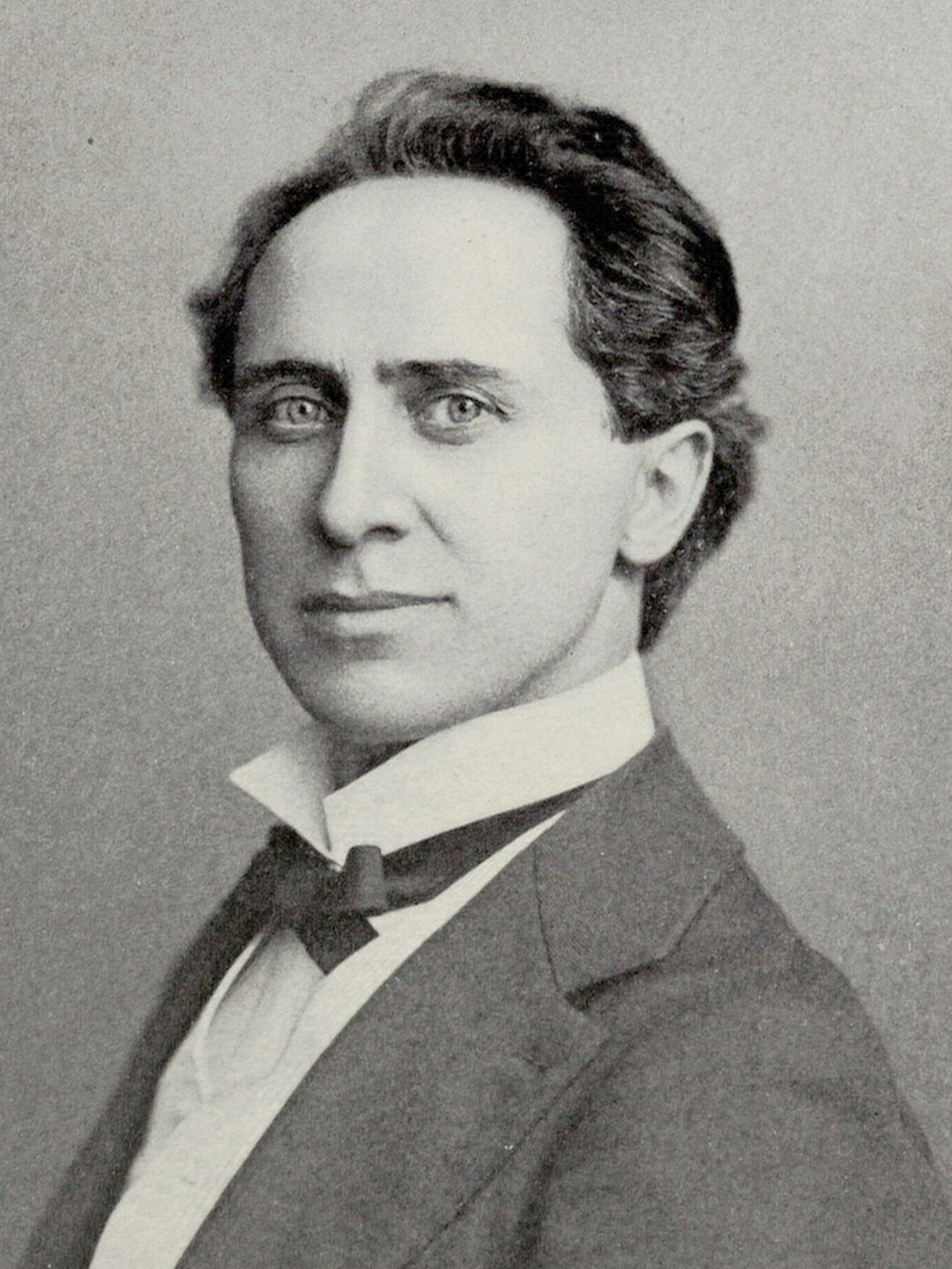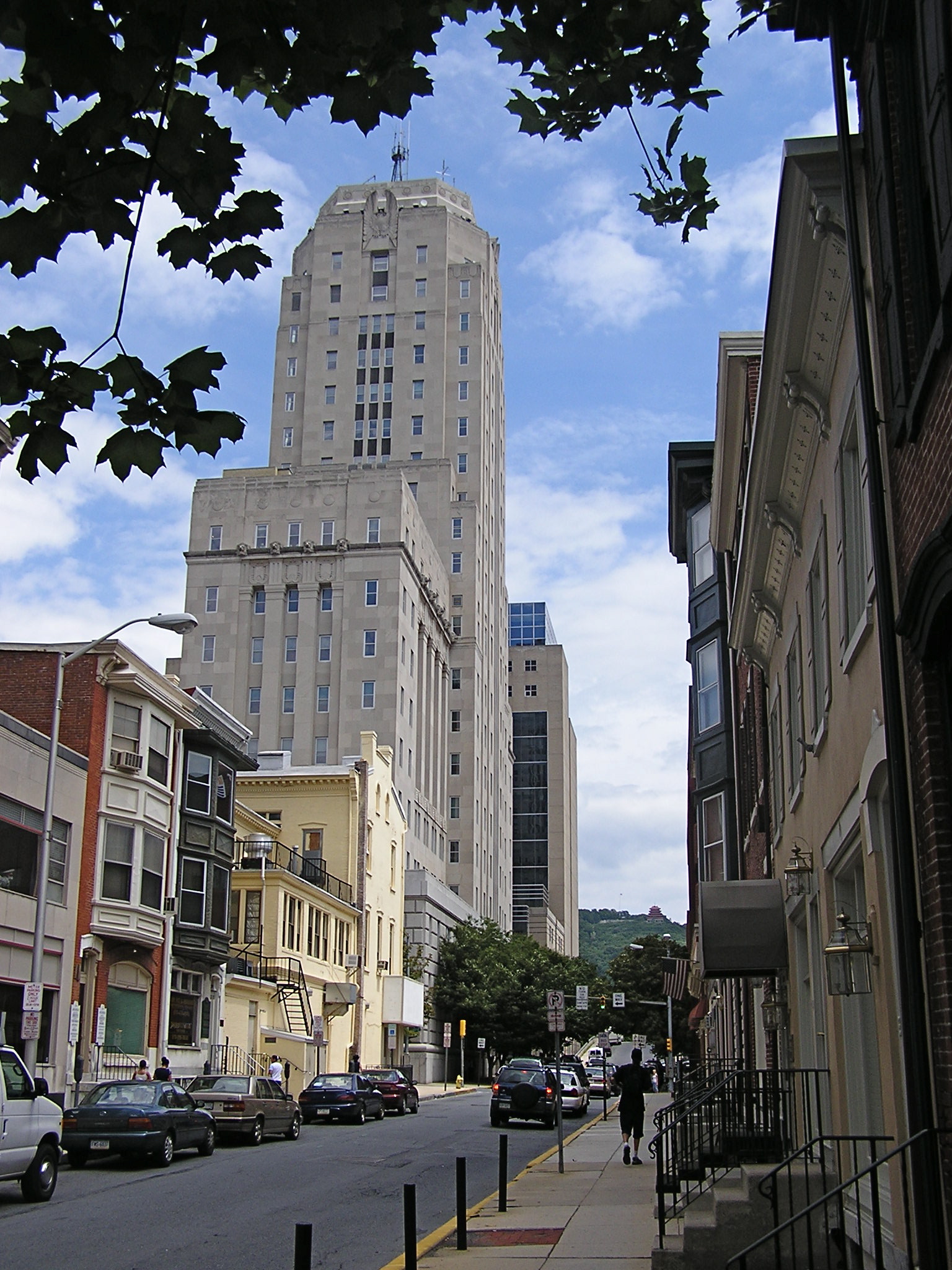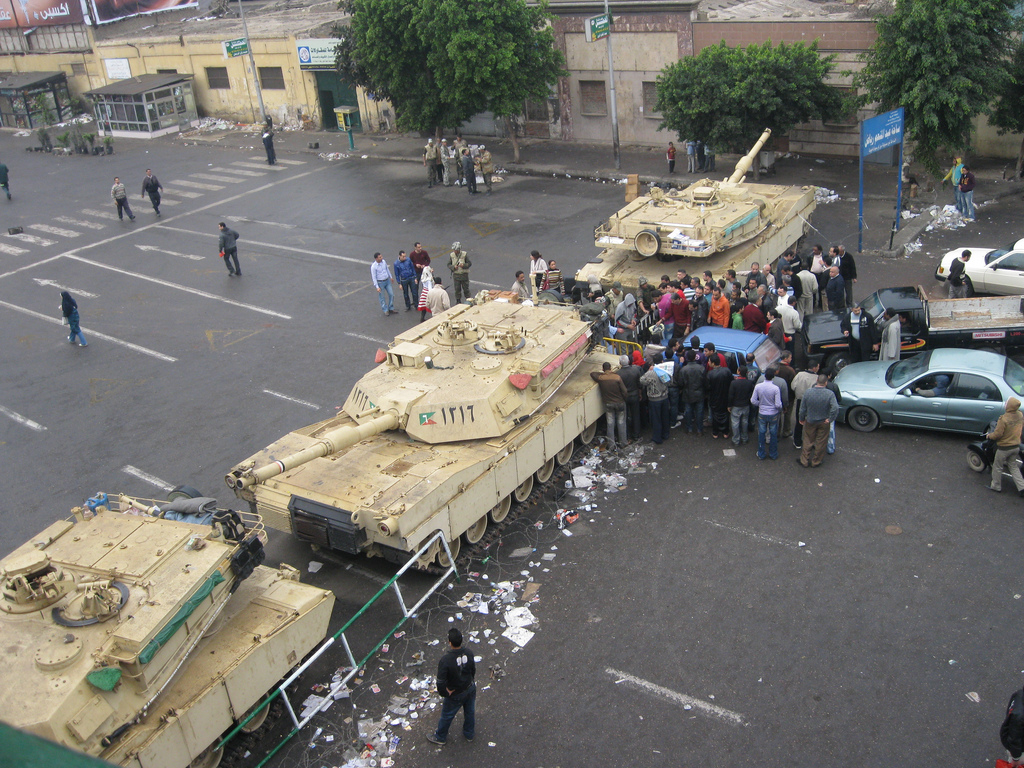|
Louisiana State Guard
The Louisiana State Guard (LSG) is the official state defense force of the state of Louisiana. The LSG was first created during World War II. As a state defense force, the LSG is a part of the state militia of Louisiana, and can serve as a stateside replacement of the Louisiana National Guard while the National Guard is deployed. Unlike the Louisiana National Guard, the Louisiana State Guard is solely under state control, and cannot be federalized or deployed outside of Louisiana, guaranteeing additional soldiers will always be available to the governor to deploy in response to crises. History of predecessor units Both the National Guard and the state defense forces are descended from the state militias which augmented the relatively smaller professional federal military in times of war. During the War of 1812, numerous Louisiana militia units were raised to aid in the defense of the city during the Battle of New Orleans. Later, in the American Civil War, both Union units and Conf ... [...More Info...] [...Related Items...] OR: [Wikipedia] [Google] [Baidu] |
Militia Act Of 1903
The Militia Act of 1903 (), also known as the Efficiency in Militia Act of 1903 or the Dick Act, was legislation enacted by the United States Congress to create an early National Guard and which codified the circumstances under which the Guard could be federalized. It also provided federal funds to pay for equipment and training, including annual summer encampments. The new National Guard was to organize units of similar form and quality to those of the regular Army, and intended to achieve the same training, education, and readiness requirements as active duty units. History During the 19th century, the militia in each U.S. state and territory operated under the Militia Acts of 1792, which was extended by the Militia Act of 1795. The 1792 and 1795 acts left the question of state versus federal control of the militia unresolved. In consequence, the federal government could not consistently rely on the militias for national defense. For example, during the War of 1812, members of ... [...More Info...] [...Related Items...] OR: [Wikipedia] [Google] [Baidu] |
Emergency Operations Center
An emergency operations center (EOC) is a central command and control facility responsible for carrying out the principles of emergency preparedness and emergency management, or disaster management functions at a strategic level during an emergency, and ensuring the continuity of operation of a company, political subdivision or other organization. An EOC is responsible for strategic direction and operational decisions and does not normally directly control field assets, instead leaving tactical decisions to lower commands. The common functions of EOCs is to collect, gather and analyze data; make decisions that protect life and property, maintain continuity of the organization, within the scope of applicable laws; and disseminate those decisions to all concerned agencies and individuals. Location EOCs, originally created as part of United States civil defense, can be found in many nations, at all government levels, as well as in larger corporations that deal with large equi ... [...More Info...] [...Related Items...] OR: [Wikipedia] [Google] [Baidu] |
Louisiana National Guardsman Sgt
Louisiana , group=pronunciation (French: ''La Louisiane'') is a state in the Deep South and South Central regions of the United States. It is the 20th-smallest by area and the 25th most populous of the 50 U.S. states. Louisiana is bordered by the state of Texas to the west, Arkansas to the north, Mississippi to the east, and the Gulf of Mexico to the south. A large part of its eastern boundary is demarcated by the Mississippi River. Louisiana is the only U.S. state with political subdivisions termed parishes, which are equivalent to counties, making it one of only two U.S. states not subdivided into counties (the other being Alaska and its boroughs). The state's capital is Baton Rouge, and its largest city is New Orleans, with a population of roughly 383,000 people. Some Louisiana urban environments have a multicultural, multilingual heritage, being so strongly influenced by a mixture of 18th century Louisiana French, Dominican Creole, Spanish, French Canadian, Acadian, ... [...More Info...] [...Related Items...] OR: [Wikipedia] [Google] [Baidu] |
Reading, Pennsylvania
Reading ( ; Pennsylvania Dutch: ''Reddin'') is a city in and the county seat of Berks County, Pennsylvania, United States. The city had a population of 95,112 as of the 2020 census and is the fourth-largest city in Pennsylvania after Philadelphia, Pittsburgh, and Allentown. Reading is located in the southeastern part of the state and is the principal city of the Greater Reading Area, which had 420,152 residents as of 2020. Reading is part of the Delaware Valley, also known as the Philadelphia metropolitan area, a region that also includes Philadelphia, Upper Darby Township, Pennsylvania, Camden, and other suburban Philadelphia cities and regions. With a 2020 population of 6,228,601, the Delaware Valley is the seventh largest metropolitan region in the nation. Reading's name was drawn from the now-defunct Reading Company, widely known as the Reading Railroad and since acquired by Conrail, that played a vital role in transporting anthracite coal from the Pennsylvania's ... [...More Info...] [...Related Items...] OR: [Wikipedia] [Google] [Baidu] |
Reading Eagle
The ''Reading Eagle'' is the major daily newspaper in Reading, Pennsylvania. A family-owned newspaper until the spring of 2019, its reported circulation is 37,000 (daily) and 50,000 (Sundays). It serves the Reading and Berks County region of Pennsylvania. After celebrating its sesquicentennial of local ownership and editorial control in 2018, the ''Reading Eagle'' was acquired by the Denver, Colorado-based MediaNews Group (also known as Digital First Media) in May 2019. History The newspaper was founded on January 28, 1868. Initially an afternoon paper, it was published Monday through Saturday with a Sunday-morning edition added later. In 1940, the ''Eagle'' acquired the ''Reading Times'', which was a morning paper, but they remained separate papers. The staff of the two papers was combined in 1982. In June 2002, the ''Reading Times'' ceased publication, and the ''Eagle'' became a morning paper. Both papers had been publishing a joint Saturday-morning edition since 1988. ... [...More Info...] [...Related Items...] OR: [Wikipedia] [Google] [Baidu] |
Martial Law
Martial law is the imposition of direct military control of normal civil functions or suspension of civil law by a government, especially in response to an emergency where civil forces are overwhelmed, or in an occupied territory. Use Martial law can be used by governments to enforce their rule over the public, as seen in multiple countries listed below. Such incidents may occur after a coup d'état ( Thailand in 2006 and 2014, and Egypt in 2013); when threatened by popular protest (China, Tiananmen Square protests of 1989); to suppress political opposition ( martial law in Poland in 1981); or to stabilize insurrections or perceived insurrections. Martial law may be declared in cases of major natural disasters; however, most countries use a different legal construct, such as a state of emergency. Martial law has also been imposed during conflicts, and in cases of occupations, where the absence of any other civil government provides for an unstable population. Examples of ... [...More Info...] [...Related Items...] OR: [Wikipedia] [Google] [Baidu] |
Spartanburg, South Carolina
Spartanburg is a city in and the county seat, seat of Spartanburg County, South Carolina, United States. The city of Spartanburg has a municipal population of 38,732 as of the 2020 United States census, 2020 census, making it the 11th-largest city in the state. For a time, the Office of Management and Budget (OMB) grouped Spartanburg and Union County, South Carolina, Union Counties together as the Spartanburg metropolitan statistical area, but as of 2018,the OMB defines only Spartanburg County as the Spartanburg MSA. Spartanburg is the second-largest city in the greater Greenville-Spartanburg-Anderson Combined Statistical Area, Greenville–Spartanburg–Anderson combined statistical area, which had a population of 1,385,045 as of 2014. It is part of a 10-county region of northwestern South Carolina known as "Upstate South Carolina, The Upstate", and is located northwest of Columbia, South Carolina, Columbia, west of Charlotte, North Carolina, and about northeast of Atlanta, ... [...More Info...] [...Related Items...] OR: [Wikipedia] [Google] [Baidu] |
The Spartanburg Herald
The ''Spartanburg Herald-Journal'' is a daily newspaper, the primary newspaper for Spartanburg, South Carolina, United States. History The origins of the paper lie with ''The Spartan'', a weekly paper reportedly first printed in about 1842–43. In 1844, this was renamed ''The Carolina Spartan''. In about 1900, the paper was reportedly bought by The Journal Publishing Company, which renamed it ''The Spartanburg Journal''. In 1872 (or perhaps 1875), ''The Spartanburg Herald'' began publishing. It began daily publication in 1890; the ''Journal'' followed suit in 1903. The ''Herald'' purchased the ''Journal'' in 1914. The ''Herald'' was a morning paper, while the ''Journal'' covered evenings, with joint editions published on the weekend. Though under common ownership, the ''Herald'' and ''Journal'' did not completely merge into one paper until October 1982. In 1929, owner The Herald-Journal Publishing Company sold the papers to its paper distributor, the International Paper an ... [...More Info...] [...Related Items...] OR: [Wikipedia] [Google] [Baidu] |
Political Boss
In politics, a boss is a person who controls a faction or local branch of a political party. They do not necessarily hold public office themselves; most historical bosses did not, at least during the times of their greatest influence. Numerous officeholders in that unit are subordinate to the single boss in party affairs. Bosses may base their power on the support of numerous voters, usually organized voting blocs, and manage a coalition of these blocs and various other stakeholders. When the party wins, they typically control appointments in their unit, and have a voice at the higher levels. Reformers typically allege that political bosses are corrupt. This corruption is usually tied to patronage; the exchange of jobs, lucrative contracts and other political favors for votes, campaign contributions and sometimes outright bribes. History The appearance of bosses has been common since the Roman Republic, and remains fairly common or maybe widespread today. In Spanish America, Braz ... [...More Info...] [...Related Items...] OR: [Wikipedia] [Google] [Baidu] |
Leander Perez
Leander Henry Perez Sr. (July 16, 1891 – March 19, 1969) was the Democratic political boss of Plaquemines and St. Bernard parishes in southeastern Louisiana during the middle third of the 20th century. Officially, he served as a district judge, later as district attorney, and as president of the Plaquemines Parish Commission Council. He was known for leading efforts to enforce and preserve segregation. Early life and education Perez was born in the community of Dalcour, on the east bank of Plaquemines Parish, to Roselius E. "Fice" Perez (died 1939) and the former Gertrude Solis (died 1944). The Perez and Solis families were Isleños, an ethnic community descended from settlers from the Canary Islands, Spain. Perez was educated in New Orleans schools, Louisiana State University at Baton Rouge, and the Tulane University Law School in New Orleans. Perez opened a law practice in New Orleans and in Plaquemines Parish. Political career In 1919, Judge Perez launched a reign o ... [...More Info...] [...Related Items...] OR: [Wikipedia] [Google] [Baidu] |
Plaquemines Parish
Plaquemines Parish (; French: ''Paroisse de Plaquemine'', Louisiana French: ''Paroisse des Plaquemines'', es, Parroquia de Caquis) is a parish located in the U.S. state of Louisiana. With a population of 23,515 at the 2020 census, the parish seat is Pointe à la Hache and the largest community is Belle Chasse. The parish was formed in 1807. Plaquemines Parish is part of the New Orleans– Metairie metropolitan statistical area. It was severely damaged in the aftermath of Hurricane Katrina on August 29, 2005, and in hurricane events in 2011 and 2021. History The name ''"Plaquemines,"'' in French Creole, was derived from the Atakapa word, ''piakimin'', meaning the local fruit persimmon. The French used it to name a military post they built on the banks of the Mississippi River, as the site was surrounded by numerous persimmon trees. Eventually the name was applied to the entire parish and to a nearby bayou. The oldest European settlement in the parish was La Balize, where ... [...More Info...] [...Related Items...] OR: [Wikipedia] [Google] [Baidu] |


.jpg)



